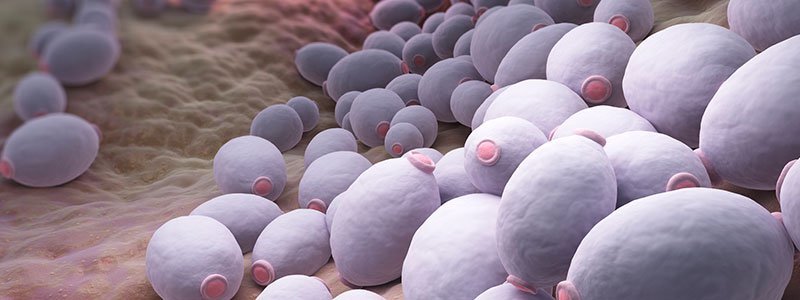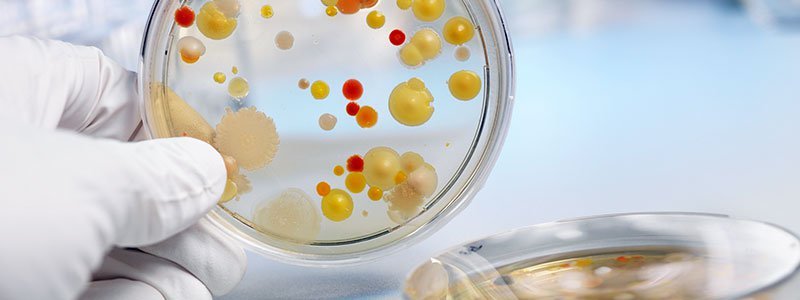Yeast Infection Quiz: Symptoms & Treatment
Yeast Infection FAQs
Reviewed by John P. Cunha, DO, FACOEP
- What causes vaginal yeast infections?
- Yeast infections are considered sexually transmitted. True or False?
- Should women douche?
- What is the most common symptom of a vaginal yeast infection?
- Recurrent yeast infections may be related to an underlying medical condition. True or False?
- Chlamydia can be mistaken for a vaginal yeast infection. True or False?
- Women with HIV have no treatment options for vaginal yeast infections. True or False?
- How can a vaginal yeast infection be prevented?
- What causes yeast infections?
- What is acidophilus?
- Improve your Health I.Q. on Yeast Infection
- Yeast Infection Related Slideshows
- Yeast Infection Related Image Collections

Q:What causes vaginal yeast infections?
A:Yeast infections are caused by a fungus.
Candida species are the most common fungi that cause yeast infections. Candida albicans is the specific type that most often causes yeast vaginitis.

Q:Yeast infections are considered sexually transmitted. True or False?
A:False.
Yeast may be present in a healthy vagina, so yeast vaginitis is not considered to be a sexually transmitted disease (STD). Yeast infections also may occur in celibate women.

Q:Should women douche?
A:No.
Most doctors do not recommend douching unless specifically prescribed, because the vagina cleanses itself naturally.

Q:What is the most common symptom of a vaginal yeast infection?
A:Vaginal itching is the most common symptom of yeast vaginitis. Other symptoms of vaginal yeast infection can include:
- a thick, whitish discharge;
- burning;
- soreness, and/or pain during intercourse; or
- pain during urination.

Q:Recurrent yeast infections may be related to an underlying medical condition. True or False?
A:True.
A recurrent yeast infection is defined as a yeast infection that occurs four or more times in one year that is not related to taking antibiotics. Recurrent yeast infections may be a sign of an underlying medical condition and may require more aggressive therapy than single infections.

Q:Chlamydia can be mistaken for a vaginal yeast infection. True or False?
A:True.
Chlamydia symptoms and symptoms of other infections and STDs are similar to those of yeast vaginitis. Some conditions that may produce similar signs and symptoms include bacterial vaginosis, chlamydia, and gonorrhea. If yeast infection symptoms are not cured by over-the-counter treatments, see your doctor for evaluation.

Q:Women with HIV have no treatment options for vaginal yeast infections. True or False?
A:Women with HIV infection have similar treatment options as uninfected women for treatment of vaginal yeast infection.
However, treatment may take longer or may need to be repeated in women with HIV.

Q:How can a vaginal yeast infection be prevented?
A:Not all yeast infections can be prevented, but you can take steps to reduce the likelihood of getting a yeast infection, such as:
- Wearing cotton or silk underwear to minimize excess moisture
- Change your underwear often
- Avoid douching and feminine hygiene sprays
- Consume yogurt with active bacterial cultures to replenish normal, healthy bacteria

Q:What causes yeast infections?
A:Vaginal yeast infections can occur when there is an increase in the amount of yeast already present in the vagina relative to the level of normal bacteria.
They may also develop when new yeast is introduced into the vaginal area.

Q:What is acidophilus?
A:Acidophilus (acid-off-ill-us) is a kind of probiotic bacteria found in some kinds of yogurt that can help maintain a healthy bacterial environment in the intestines.
Consuming yogurt with acidophilus has many benefits, and may also help prevent Candida infection (thrush), including in the vagina.
Source quiz on MedicineNet


